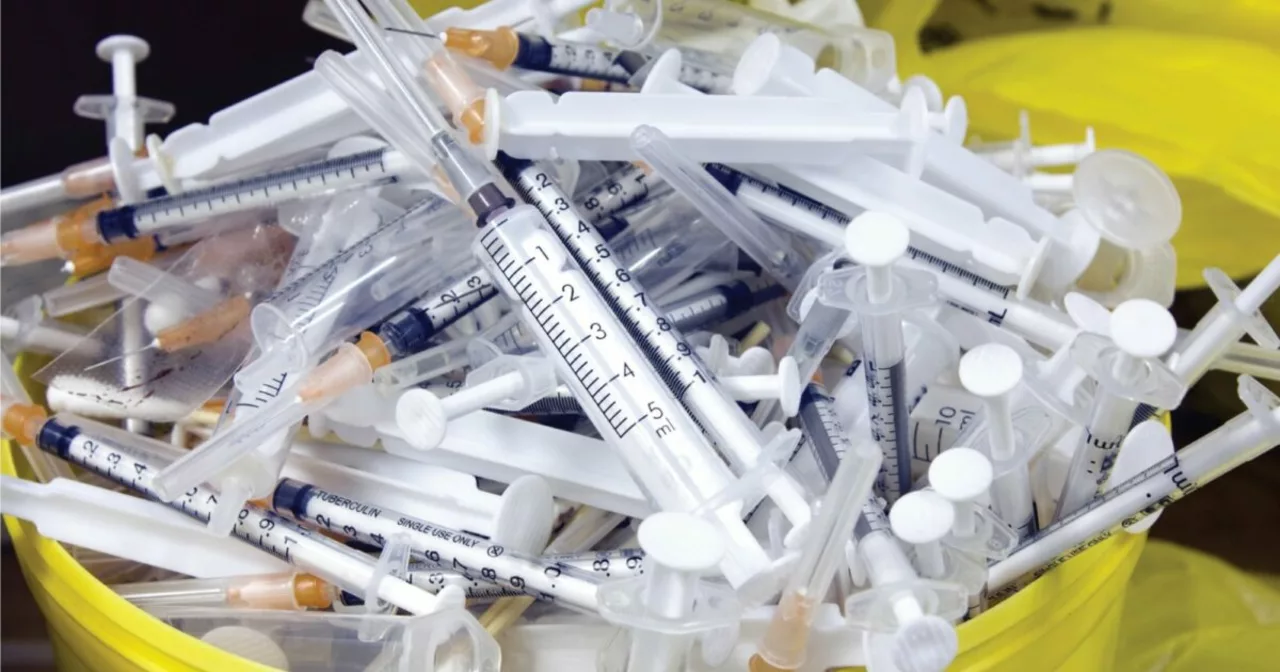Medication Storage Tips – Keep Your Drugs Safe & Effective
If you toss meds in a drawer or bathroom cabinet without thinking, you might be losing potency and risking safety. Proper storage is cheap, easy, and can save you money by preventing spoiled pills. Below are practical steps you can apply right now to keep every bottle, blister pack, or liquid at its best.
Know the Ideal Conditions
Most tablets and capsules want a cool, dry place away from direct sunlight. A kitchen pantry shelf that stays under 77°F (25°C) works fine for most over‑the‑counter items. Prescription drugs often have tighter limits; check the label for specific temperature ranges. Avoid the bathroom because humidity spikes after showers can break down tablets and weaken liquids.
Organize by Type and Expiry
Grab a small drawer or organizer and sort meds into categories: daily pills, occasional use, vitamins, and liquids. Place the soonest‑to‑expire items at the front so you grab them first. This simple visual cue stops you from accidentally reaching for an old bottle that might have lost strength.
For liquid medicines like cough syrups or insulin, keep the caps tightly sealed after each use. Some syrups degrade faster once opened; note the “use within” date on the label and set a reminder on your phone if needed.
If you travel often, invest in a portable, insulated pill case. These cases buffer temperature swings when you’re on a plane or in a hot car, preserving drug stability until you get home.
Safety First: Keep Kids and Pets Out
Store all medicines out of reach—high shelves or locked cabinets work best. Even “child‑proof” caps aren’t foolproof if a curious kid can pull the bottle down. For pet owners, a pantry cabinet with a latch prevents furry friends from chewing pills that could be toxic.
When you finish a prescription, don’t just toss the empty bottles in the trash. Use a drug‑take‑back program or follow local disposal guidelines to keep leftover meds from contaminating water supplies.
Special Cases: Heat‑Sensitive and Light‑Sensitive Drugs
Some antibiotics, hormones, and biologics need refrigeration (usually 36–46°F or 2–8°C). Keep these in the fridge’s main compartment—not the door—to avoid temperature swings. If a medication says “store below 25°C, protect from light,” slip it into an opaque bag before placing it on a shelf.
For vitamins that degrade under UV light (like vitamin D or omega‑3 oils), buy amber‑colored bottles or keep them in a dark drawer. This extra step preserves their potency for longer.
Quick Checklist Before You Finish Reading
- Store most pills in a cool, dry place away from sunlight.
- Organize by expiry date and type to avoid waste.
- Use child‑proof storage or lock cabinets for safety.
- Refrigerate meds that require cold temperatures promptly.
- Dispose of unused drugs responsibly through take‑back programs.
Applying these habits takes just a few minutes but protects your health and wallet. The next time you open a new bottle, give it a quick glance for storage instructions—your body will thank you later.

